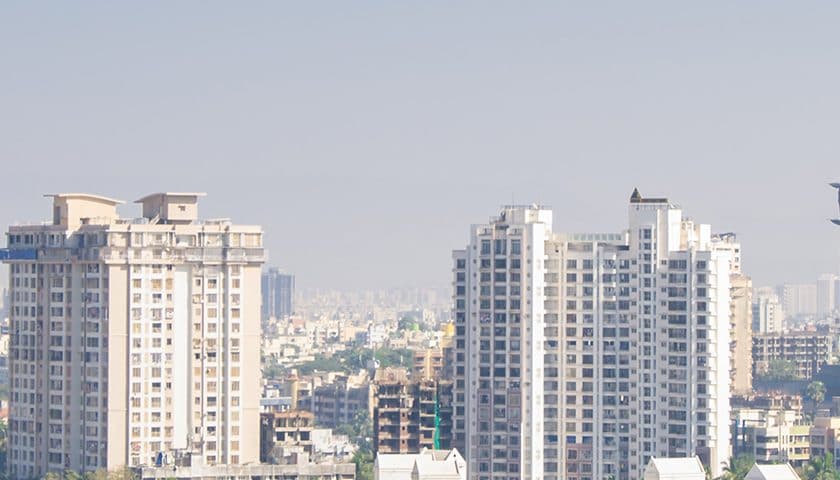About three years ago, unsold inventory became a popular buzzword in the Indian real estate sector. Even today, there is growing concern about the number of unsold inventories in major metropolitan cities. The reasons? Low or no housing demand? NO. The need for housing in India is perennial. Wondering what could be the possible reason? It is the demand-supply mismatch.
In the past, whenever the market was full of properties in all the segments, mid and luxury dominated the spectrum. Thus, demand for housing never went down. Indian cities present a classic case of a demand-supply mismatch. While there was massive demand for affordable units, developers were busy constructing units in the other segments.
However, it did not take too long for developers to understand the situation. Unable to sell expensive homes, developers across cities started to build smaller apartments without reducing the price and compromising on quality. And Bangalore is no different!
Data with RoofandFloor clearly shows how Bangalore has adapted to what we call as the ‘Sachet Marketing Strategy’. For instance, in Q1 2015, the average size of an apartment was 1,500 sq. Ft. That decreased to 1,323 in Q1 2016, which further dropped to 1,200 in Q2 2018.

The decrease in average apartment sizes indicates that developers are trying their best to make homes affordable for buyers by reducing the average apartment size instead of reducing the prices.
Developers are taking buyer preferences seriously. Recently, Provident Housing launched Provident Park Square on Kanakapura Road after an in-depth analysis of the demand and supply metrics. The price of the project was fixed using a price discovery mechanism that works like a bidding process where preference is given to the bidder who first submitted an expression of interest.
So, are buyers at a loss? Well, not really! It’s a win-win for both buyers and developers. After all, buyers get an apartment with all premium amenities at a relatively lower price.
How are developers able to reduce property sizes?
Smart utilisation of space: Developers, these days, have become cautious about space utilisation. Unlike older projects, new projects come with no or limited dead spaces. For instance, all the projects by Rohan Builders are called PLUS homes, which means perfect ventilation, lively light, utmost privacy, and smart usage of space. Their interiors are functionally designed to induce a feeling of openness without wasting space.
Reducing the number of balconies: Another related trend is that builders are reducing apartment sizes by getting rid of multiple balconies in affordable projects. In a good percentage of projects, a typical 2BHK apartment comes with just one balcony these days.
What do buyers want?
Interestingly, today’s Ola-Uber generation prefer smaller homes that are easy to maintain. Not to say that they are compromising on their lifestyle, but merely that they prefer a compact house equipped with all modern amenities.
Read why small homes are in vogue in Bangalore.





